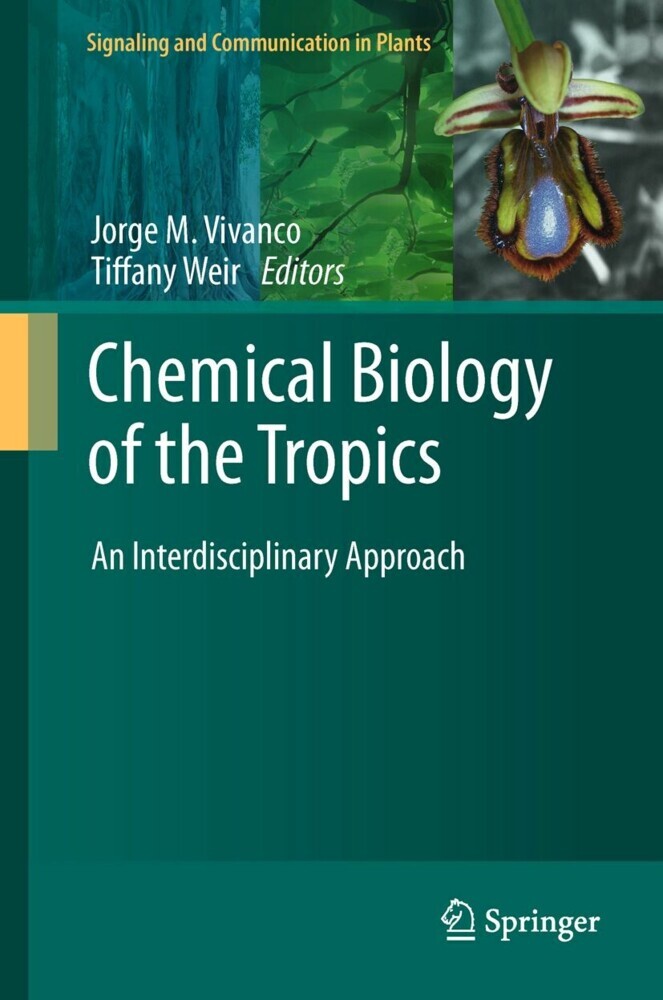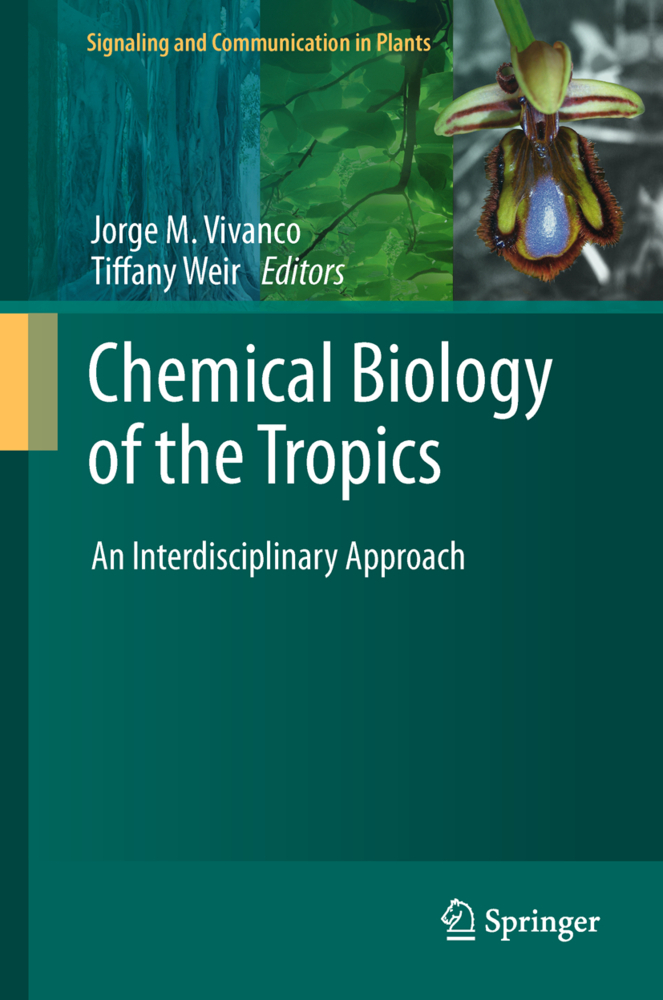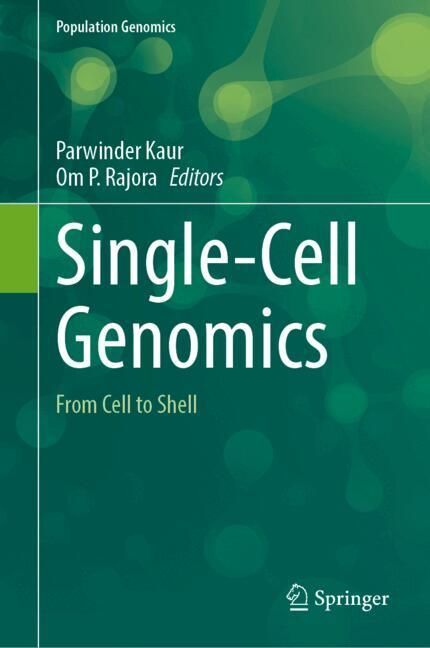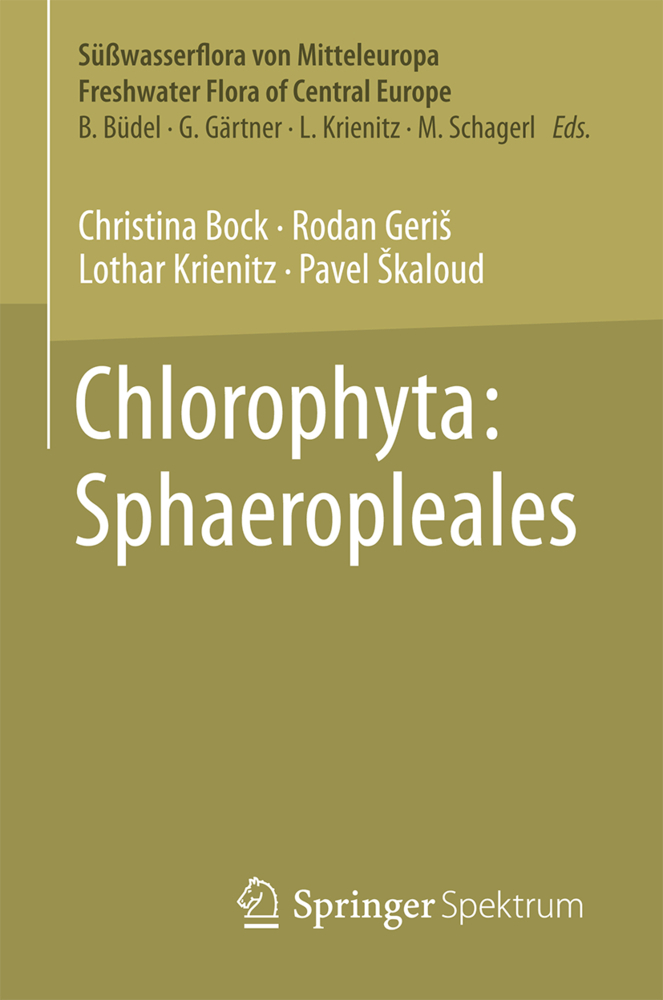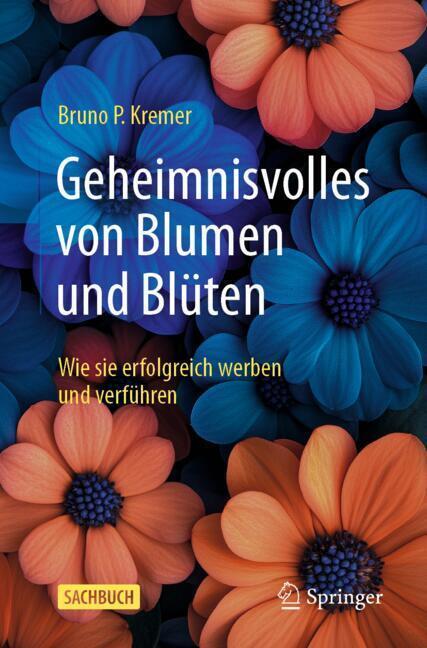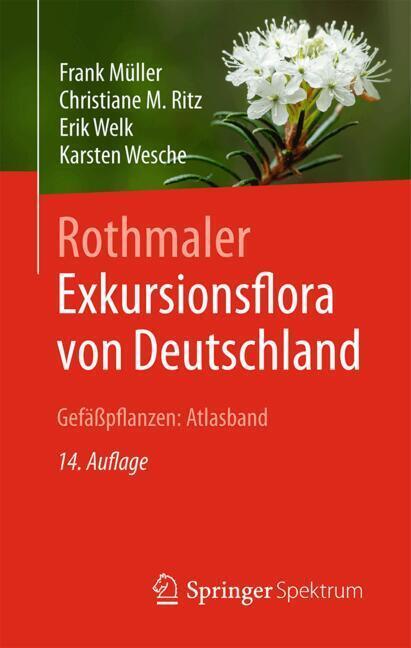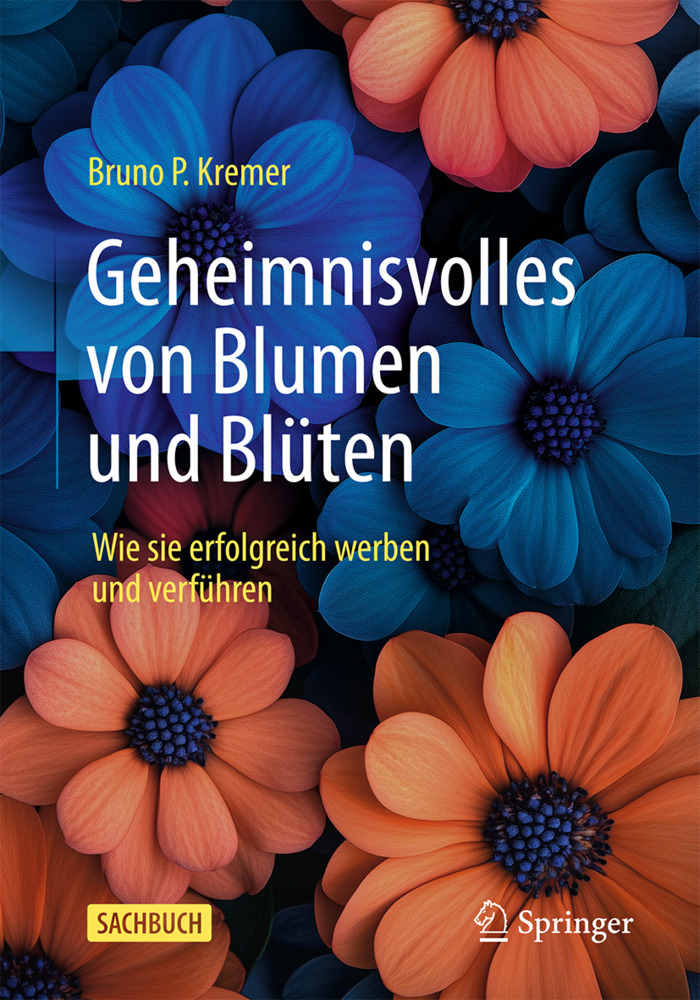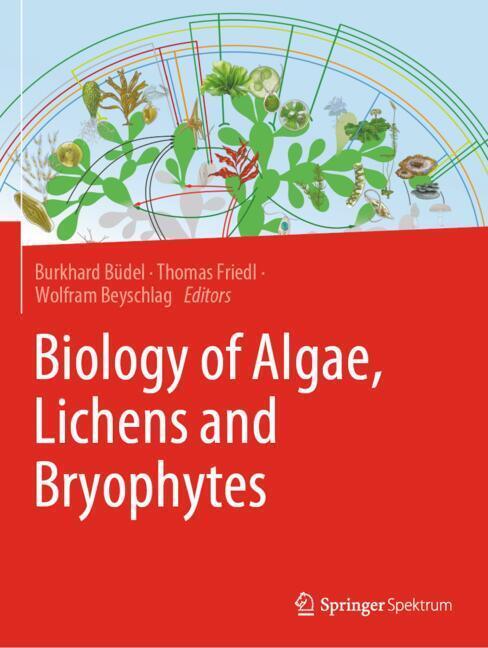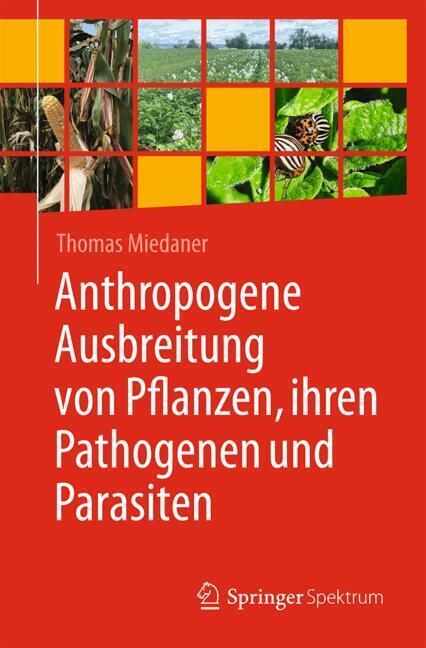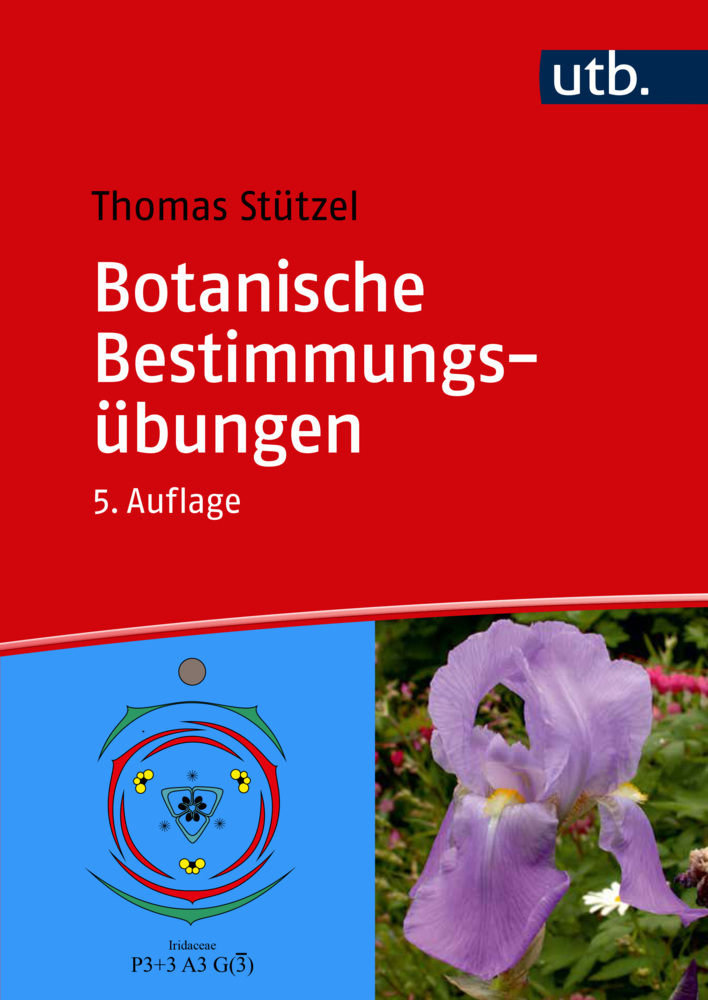Chemical Biology of the Tropics
An Interdisciplinary Approach
The mystique of the rainforest has captured the imaginations of generations of young people, explorers, authors, and biologists. It is a delicate ecosystem whose myriad sounds and smells, whose vibrancy of life, is balanced by constant cycles of death and decay. It is a place of fierce competition where unusual partnerships are forged and creative survival strategies are the norm. In this book, you will meet the scientific pioneers who first attempted to quantify and understand the vast diversity of these tropical forests, as well as their successors, who utilize modern tools and technologies to dissect the chemical nature of rainforest interactions.
This book provides a general background on biodiversity and the study of chemical ecology before moving into specific chemical examples of insect defenses and microbial communication. It finishes with first-hand accounts of the trials and tribulations of a canopy biology pioneer and a rainforest research novice, while assessing the state of modern tropical research, its importance to humanity, and the ecological, political, and ethical issues that need to be tackled in order to move the field forward.
This book provides a general background on biodiversity and the study of chemical ecology before moving into specific chemical examples of insect defenses and microbial communication. It finishes with first-hand accounts of the trials and tribulations of a canopy biology pioneer and a rainforest research novice, while assessing the state of modern tropical research, its importance to humanity, and the ecological, political, and ethical issues that need to be tackled in order to move the field forward.
1;Preface;6 2;Contents;10 3;Biodiversity;12 3.1;1 Introduction;12 3.2;2 Measuring Biodiversity;13 3.3;3 Where Are They? A Short List of the World´s Biodiversity Hotspots;14 3.3.1;3.1 Madagascar;15 3.3.2;3.2 Eastern Himalayas;15 3.3.3;3.3 Malay Archipelago;15 3.3.3.1;3.3.1 Peninsular Malaysia;16 3.3.3.2;3.3.2 Northern Borneo;16 3.3.3.3;3.3.3 Philippines;16 3.3.3.4;3.3.4 New Caledonia;17 3.3.4;3.4 South America;17 3.3.4.1;3.4.1 Atlantic Coast of Brazil;18 3.3.4.2;3.4.2 Western Ecuador;18 3.3.4.3;3.4.3 Colombian Chocó;18 3.3.4.4;3.4.4 Neotropical Andes;18 3.4;4 How Did the Biodiversity Hotspots Get So Hot?;19 3.5;5 The Future of Biodiversity;23 3.6;References;24 4;Chemical Ecology: Definition and Famous Examples;26 4.1;1 Introduction;26 4.2;2 Famous Examples;28 4.2.1;2.1 Insects;28 4.2.2;2.2 Plants;30 4.2.2.1;2.2.1 Communication in Plants;30 4.2.2.2;2.2.2 Plants and Microbes;30 4.2.2.3;2.2.3 Allelopathy: Negative Plant Talk;31 4.2.2.4;2.2.4 A Different Plant Story: The Plant as Paul Revere;31 4.2.2.5;2.2.5 Plant Neurobiology: A Contradiction in Terms or a Vision of the Future?;32 4.2.3;2.3 Vertebrates;33 4.2.4;2.4 Microbes;33 4.3;3 The Machines that Make Chemical Ecology Possible;34 4.4;References;36 5;Chemical Defenses of Insects: A Rich Resource for Chemical Biology in the Tropics;38 5.1;1 Introduction;38 5.2;2 Background;40 5.3;3 Chemical Weapons in Insects: History and Examples;41 5.3.1;3.1 Ethnoentomology;41 5.3.2;3.2 Venoms;42 5.3.2.1;3.2.1 Studying Venoms;43 5.3.3;3.3 Sprays and Secretions;46 5.3.4;3.4 Significance of Tropical Species for Chemical Biology Exploration;50 5.3.4.1;3.4.1 Defensive Chemical Ecology of Walkingstick Insects (Order Phasmatodea);50 5.4;4 Early Work on Phasmid Defensive Secretions;51 5.5;5 Continuing the Tradition of Discovery Using New Technologies;54 5.6;6 Biosynthesis: New Discoveries for Pathway Elucidation;58 5.7;7 The Future of Insect Chemistry: From Biosynthesis to Drugs;59 5.8;8 Insects as a Source of Drugs;59 5.8.1;8.1 Toxins;59 5.8.2;8.2 Antibiotics;60 5.9;9 Biosynthesis: Toward New Methods of Chemical Production;62 5.10;10 Suggested Reading and Viewing;62 5.11;References;63 6;Defensive Behaviors in Leaf Beetles: From the Unusual to the Weird;69 6.1;1 Introduction;69 6.2;2 Sociality;70 6.3;3 Maternal Care;70 6.4;4 Defensive Constructions;72 6.5;5 Fececology;72 6.6;6 Defensive Chemicals;73 6.7;7 Tritrophic Interactions;73 6.8;8 Arrow Poison Beetles;75 6.9;9 Conclusions;76 6.10;References;77 7;Microbes: A New Frontier in Tropical Chemical Biology;80 7.1;1 Introduction;80 7.2;2 Role of Microbes in Tropical Ecosystems;82 7.2.1;2.1 Decomposition;83 7.2.2;2.2 Nutrient Uptake;84 7.3;3 Biogeochemistry;87 7.3.1;3.1 Soil Formation;87 7.3.2;3.2 Atmospheric Contribution of Soil Microbes;88 7.4;4 Cell-to-Cell Communication or ``Microbial Chemical Ecology´´;90 7.5;5 Conclusions;92 7.6;References;93 8;Out on a Limb: True Confessions of a Bug Detective;96 8.1;1 Introduction;96 8.2;2 The Pioneer Spirit: Tools, Methods, Sweat, and Toil;97 8.2.1;2.1 Herbivores Rule: Specialists, Generalists, and an Apothecary in the Sky;100 8.3;3 Biodiversity Challenges in the Canopy;104 8.4;References;105 9;So, You Want to Do Research in the Rainforest?;106 9.1;1 Introduction;106 9.2;2 Practical Considerations in Tropical Chemical Biology: Field Work;107 9.3;3 Legal and Ethical Considerations in Tropical Chemical Biology;111 9.4;4 Convention on Biodiversity;112 9.5;5 Socioeconomic Threats in TNR;113 9.6;6 PASI Discussions on Legal and Ethical Issues;115 9.7;7 Conclusion;117 9.8;References;119 10;Index;121
| ISBN | 9783642190803 |
|---|---|
| Artikelnummer | 9783642190803 |
| Medientyp | E-Book - PDF |
| Copyrightjahr | 2011 |
| Verlag | Springer-Verlag |
| Umfang | 118 Seiten |
| Sprache | Englisch |
| Kopierschutz | Digitales Wasserzeichen |

